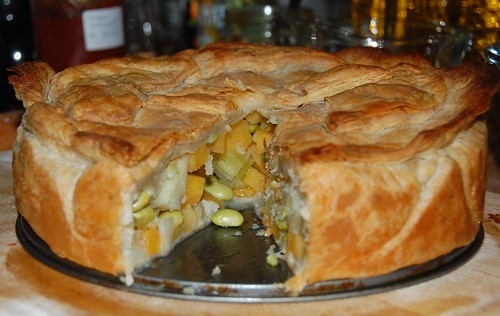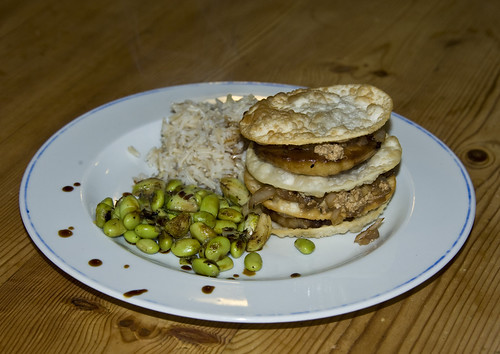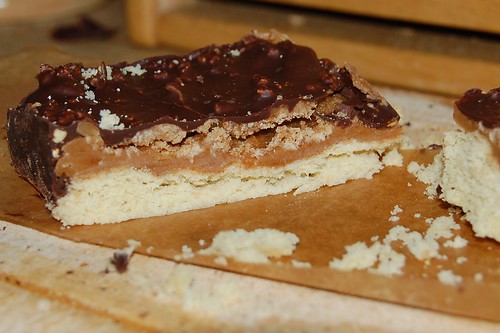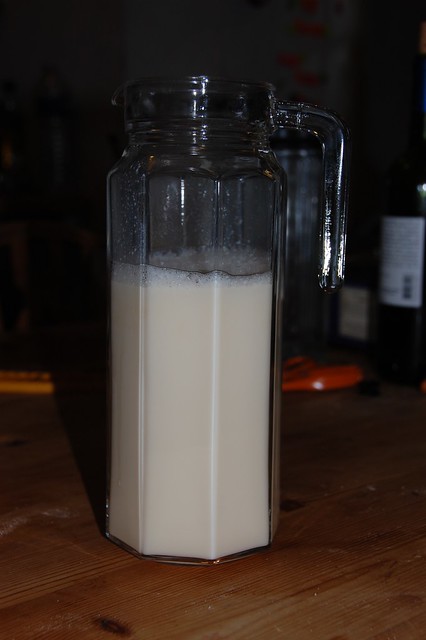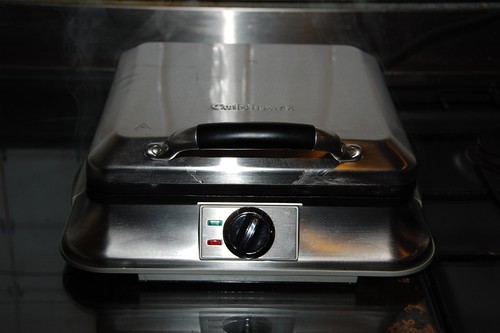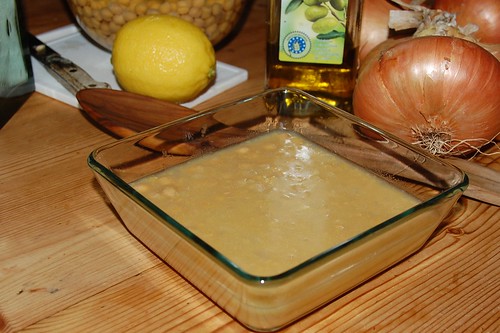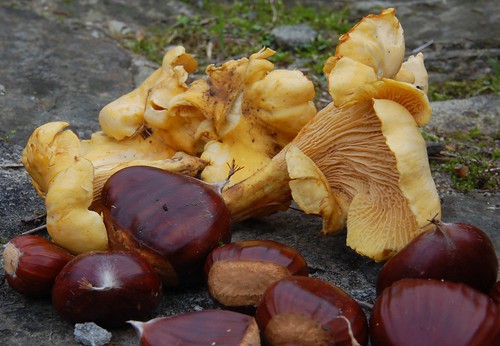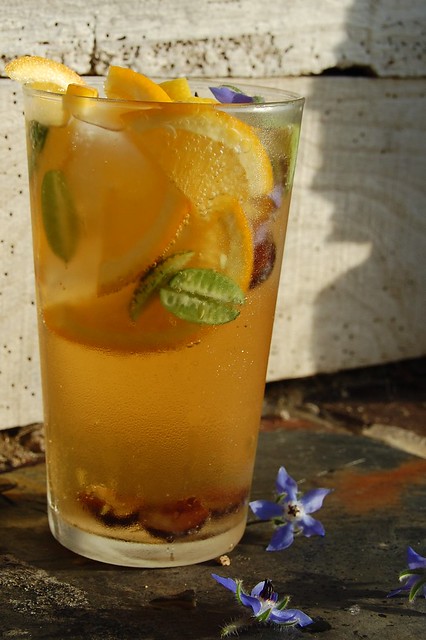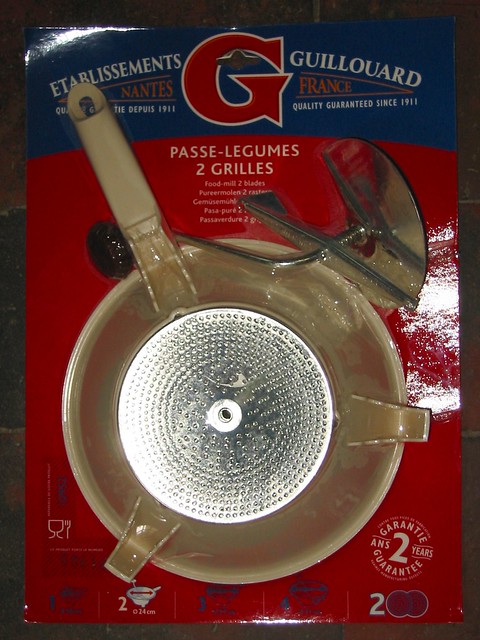
Last night, as promised, Mr. Stripey and I joined some friends for a meal on the
Rootmaster Bustaurant. This entirely vegan establishment is housed in an old
Routemaster, a number of converted containers (like the ones on container ships!) for storage and an awning covered seating area by the bus, which would be lovely in the summer but not in the torrential rain of autumn. Luckily for us we had secured the most comfortable seats in the place, a lovely table for eight situated upstairs at the front of the bus.
And this is where my dreams of being a restaurant reviewer of note come crashing to the floor. With my cook's hat on, with my health inspector's hat on, with an eye to the cost and value of the meal I find there were many flaws in the experience BUT I had fun and the staff were friendly and I don't want to give anyone a hard time over it. So, when I'm critical, don't take it badly. This is how it was for me, on one evening in November. It's not a final pronouncement on the end of the world. 'k...
Also, all the pictures are rubbish. Sorry. You can read the menu at the web site above.

Starter of stuffed mushroom - Mr. Stripey had this and I only had a taste. He liked it, my mouthful was stuffed with raw garlic but tasted good.
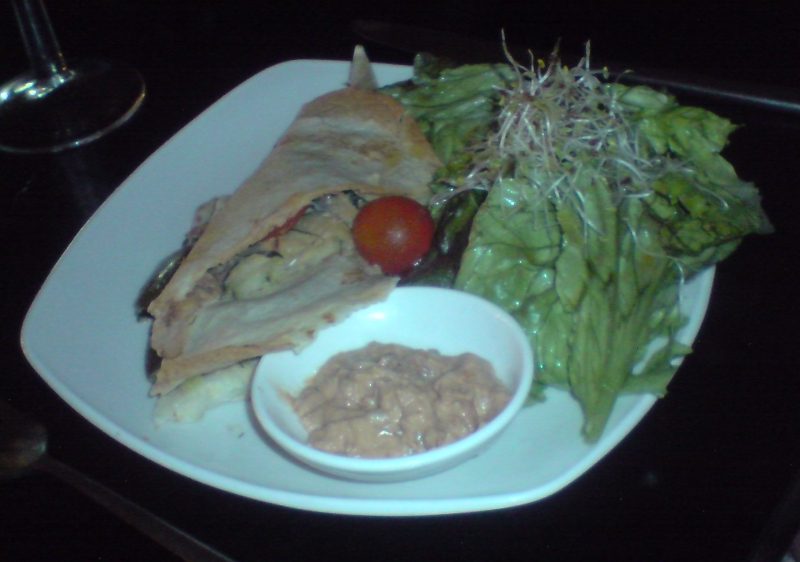
Starter Mediterranean Quesadilla - mine. This was pleasant enough. The alfalfa sprouts could have done with another rinse before serving, they had that slightly musty taste of sprouts stored a little too long.
Several of the party chose the Panissa for starter and enjoyed it but we didn't take pictures. Soup of the day was Broccoli, a particular dislike of mine and the restaurant had run out of olives which was surprising and a bit disappointing.
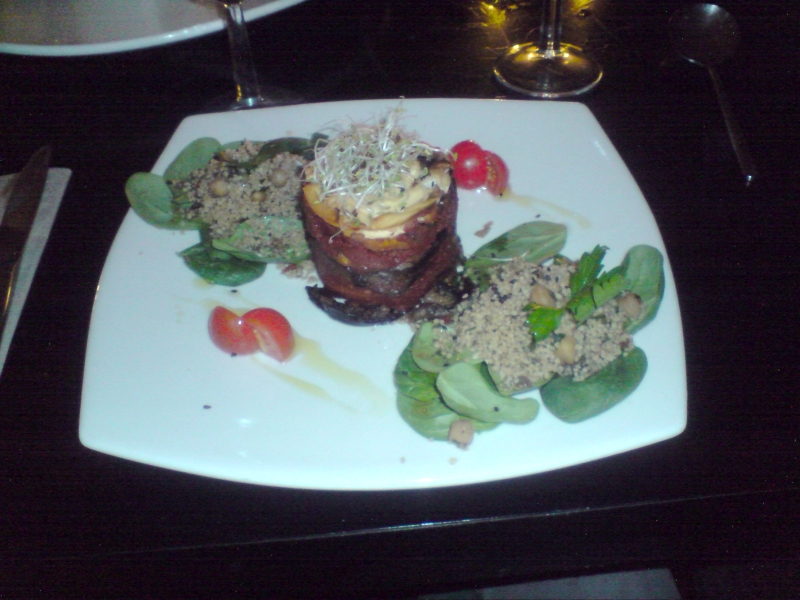
Moroccan Vegetable Bake, the Mr's choice. He was underwhelmed although it was perfectly edible. There was a flavour that I identified as pickled lemon and he felt was soapy. The most expensive dish, we both thought this was probably overpriced.
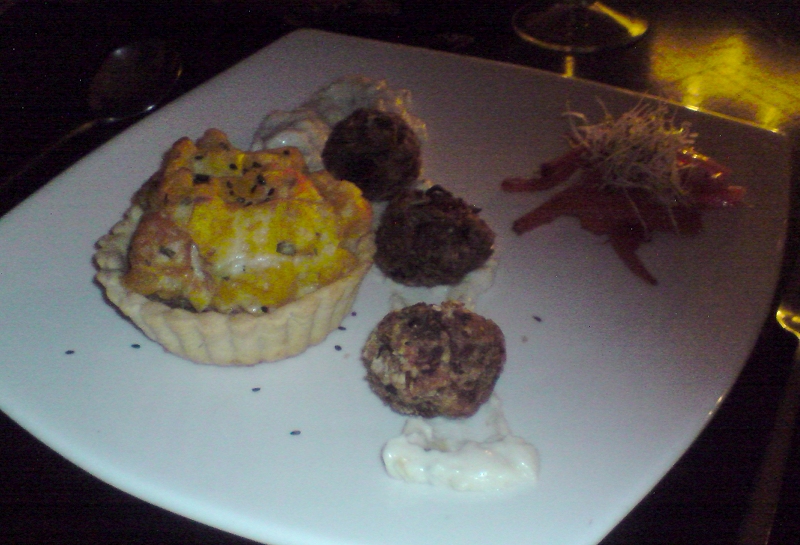
Roasted Pumpkin and Walnut Tart, a few people had this. The bite I tried had good pastry and well matched flavours. A winner.
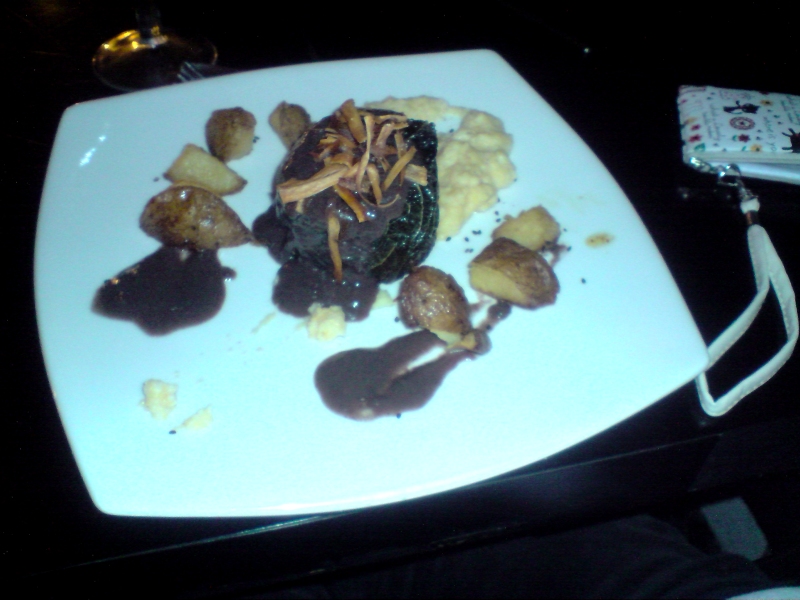
Stuffed Cabbage dish. This was my main course and I have to admit I chose it seduced by the thought of roast potatoes and red wine sauce. I did get some of those but not quite enough and not quite as my imagination had furnished them. The barley filling was easy to eat but the savoy cabbage wrapping everso slightly tough. Either the 'polenta' was lumpy or it was mashed cauliflower, I couldn't be sure.
And so to puddings. Vegans will know that to be provided with a full dessert menu is a real treat and we all saved room for the novelty.

Chocolate and Caramel Fondant was the pudding of choice for most, although it has to be cooked to order and takes 20 minutes to prepare. The menu does suggest that if you're going to want it you should order when ordering your mains but of course, we didn't actually read that far when perusing the menus at the start of the meal. The wait wasn't a problem as the conversation was flowing well.
As Chocolate fondants go, these weren't bad although the inevitable cracks about
Masterchef were made, chocolate fondant being the nemesis of many an amateur cook hoping to impress.
The diners who tried the Walnut and Caramel tart said it was good. It must have been, I couldn't get a bit to try.
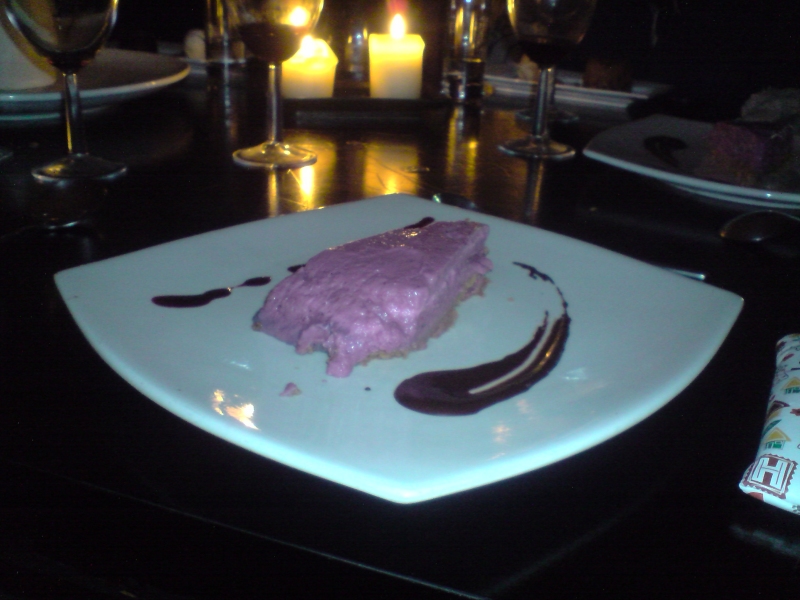
I wanted to be different so I had the cheesecake which, frankly, tasted stale to me. Others ate their portions so maybe my tastebuds were off but I had to leave it.

As a group we are greedy drinkers and we had a little difficulty getting our wine bottles replaced as quickly as we would have liked. Also the bus has no toilet facilities, if you need to go you are directed to a bar across the square (I assume they have some arrangement). The toilets there are fine but you have to negotiate the rain, the gaggle of smokers outside the bar and a tremendously loud interior to get to them, all of which contributed to a headache which followed me all the way home to Newport Pagnell. Well, it was mostly the smoke to be honest and I can't really blame Rootmaster for that, it's everywhere.
The bill for eight came to just over £320 including tip. This isn't a huge amount per head for London, particularly as we had several bottles of wine in there but it does put it at the more expensive end of the range of veggie restaurants we've tried. If the niggles could be addressed I'd have no trouble paying it again but as it is, I think it's a bit high for the standard of food and facilities being offered.
Don't take my word for it. Try it for yourselves.
